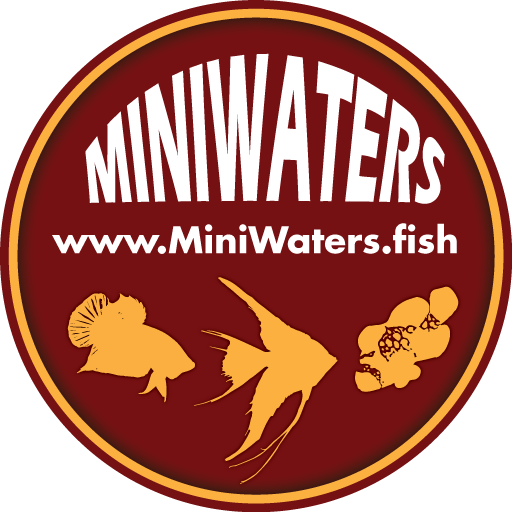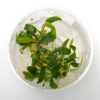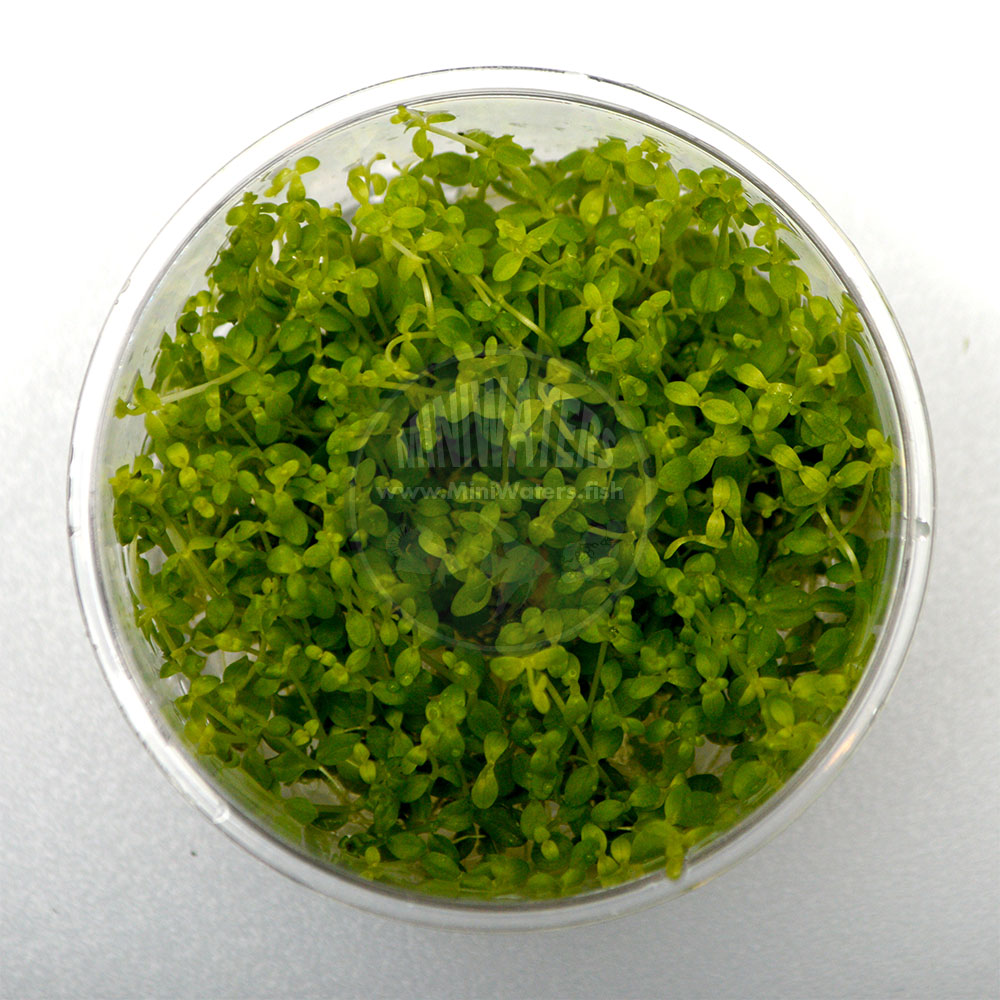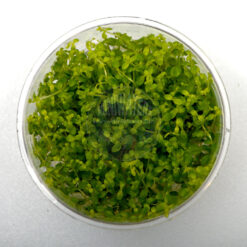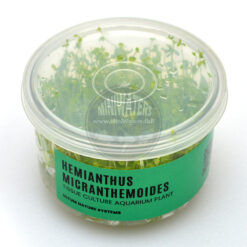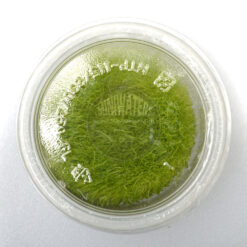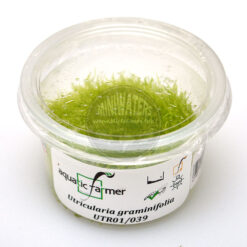Hemianthus micranthemoides, Pearl Weed or Baby Tears or Pearl Grass
$10.00
Hemianthus micranthemoides is also known to aquarists as Micranthemum micranthemoides and now also Hemianthus glomeratus and most recently Micranthemum glomeratus! In the aquarium trade it is further known as Pearl Weed and Baby Tears or Pearl Grass…so many names for a small and versatile stem plant! Being low-growing, stems can range anywhere from 2″ to 8″ tall and you can trim to the desired height. Generally considered an easy to moderate plant, and requiring at least moderate light; brighter light should help give less leggy, more compact growth. Possibly usable for paludariums and vivariums too! Learn more below…
